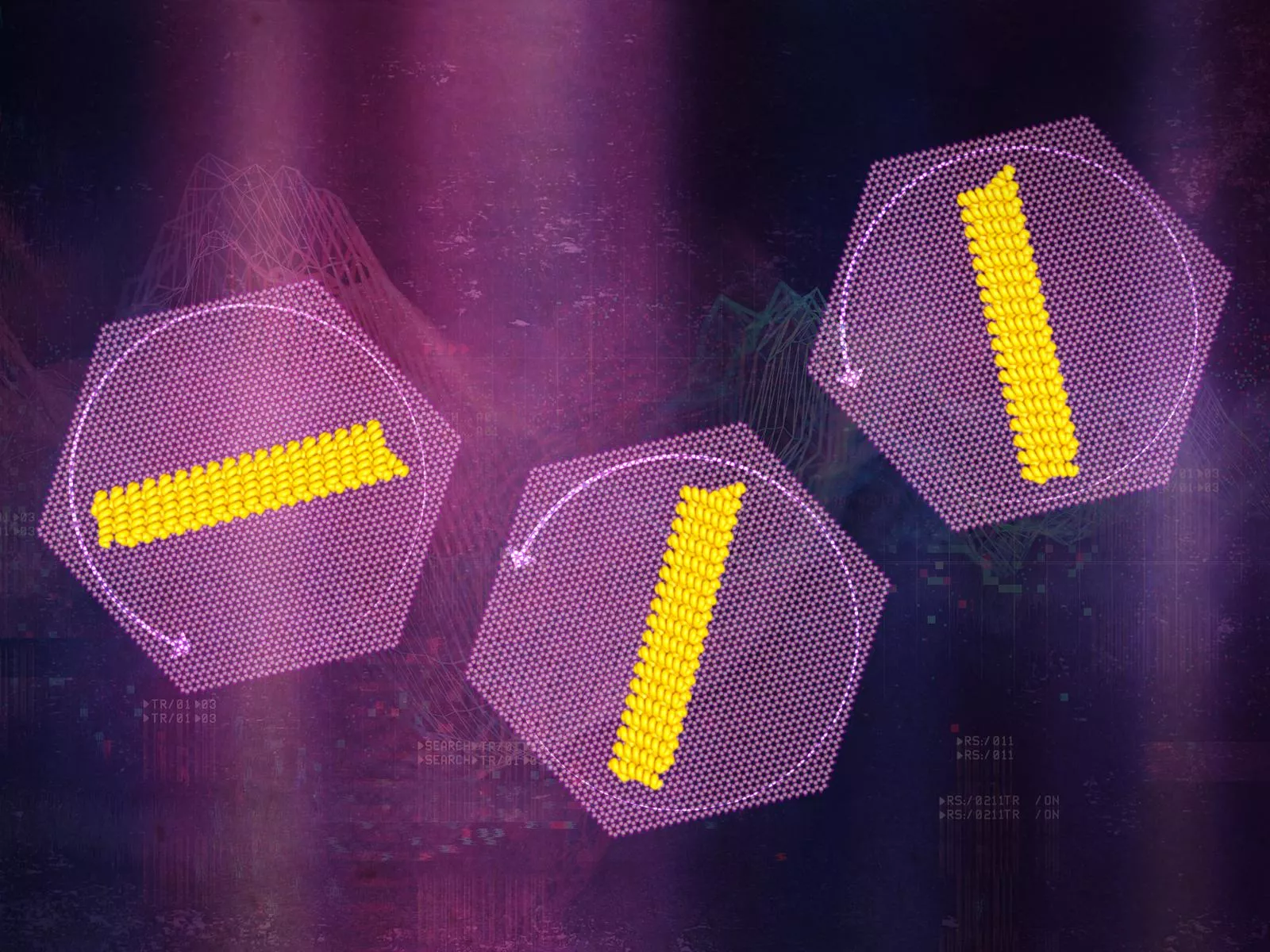Biomaterials such as bones, teeth and shells are very durable. Their strength comes from their composition, which is a mixture of hard rock minerals and elastic carbon based compounds such as proteins Materials scientists are drawing inspiration from biomaterials to develop a new generation of advanced materials made of proteins and minerals However, scientists must first know how proteins attach and assemble on mineral surfaces.

Protein is a key type of large biological related organic molecules, which is very important for life on earth. In addition to naturally occurring proteins, researchers can also customize proteins with specific characteristics, structures and properties. This includes designing proteins that can adhere to different surfaces - including minerals such as mica. Controlling and understanding protein attachment is the core of assembling advanced bioinspired materials.
A team from the Northwest Pacific National Laboratory (PNNL), the University of Washington (UW) and the Lawrence Berkeley Lab worked together to track how specially designed protein nanorods moved on the surface of mica. Their findings were recently published in the proceedings of the National Academy of science. Working with the protein design institute at the University of Washington, the team created a series of protein nanorods of different sizes, which are specially designed to bind to mica. The researchers then used a high-speed microscope to observe the real-time rotation of a single nanorod.
"This enables us to track the motion of individual molecules with unprecedented resolution," said Shuai, an assistant professor of molecular science at the University of Washington
In order to accurately observe the rotation of proteins, researchers have to study the protein mica system in water. This environment simulates the conditions of protein assembly on the surface of real minerals.
Learn about different sports
The researchers obtained a large amount of data by observing the system under a microscope. However, the huge amount of data makes them face challenges in analysis. In response, the Berkeley Lab team solved this problem by developing a new machine learning algorithm, which greatly reduces the time required to process images. From there, researchers can observe the speed at which proteins move and how far they rotate each time they move.
Their observations show that most of these proteins behave as expected, that is, they follow the motion model traceable to Einstein through small jumps. However, these proteins occasionally make large and fast jumps, which cannot be explained by this model.
To understand these different types of movements, the team simulated them based on microscopic data. They found that the energy of protein surface bonds controls the way proteins rotate. Most of the time, the protein is still tightly bound to the mica surface and can only do small movements. Occasionally they appear to separate briefly from mica. In those short periods of time, proteins can jump quickly.
Ben Legg, a chemist at PNNL, said: "by comparing our observed data with simulated data, we can identify these two types of protein motion. We believe that large jumps have an important impact on the assembled protein mineral structure."
Understanding how individual biomolecules move can help researchers develop better ways to assemble large amounts of proteins on the surface.